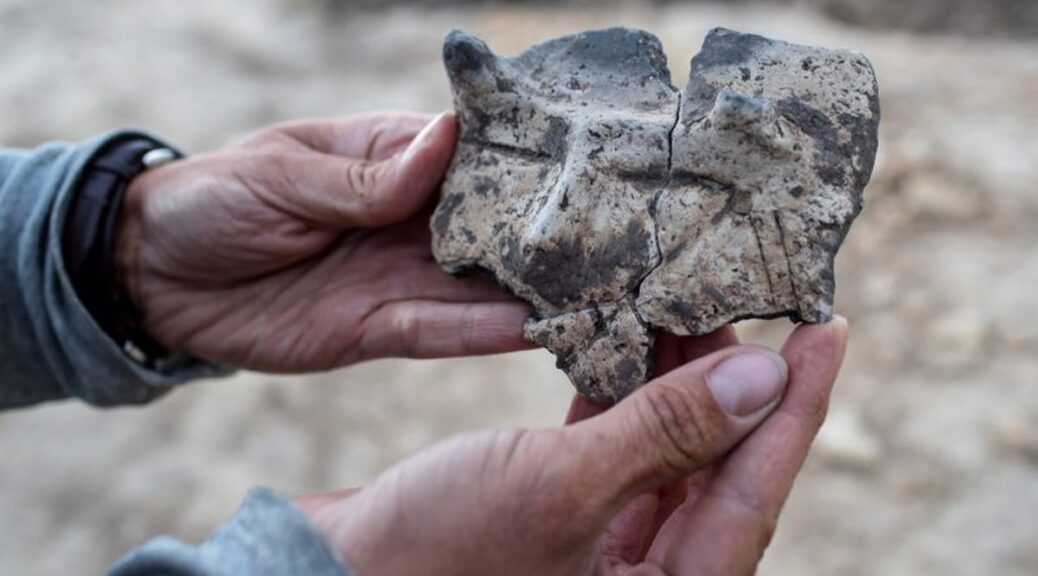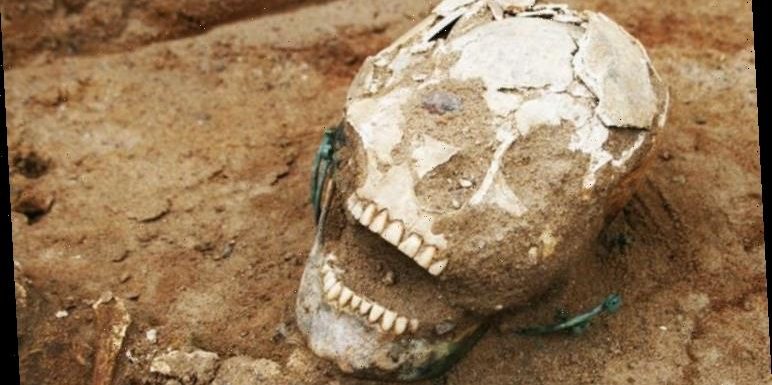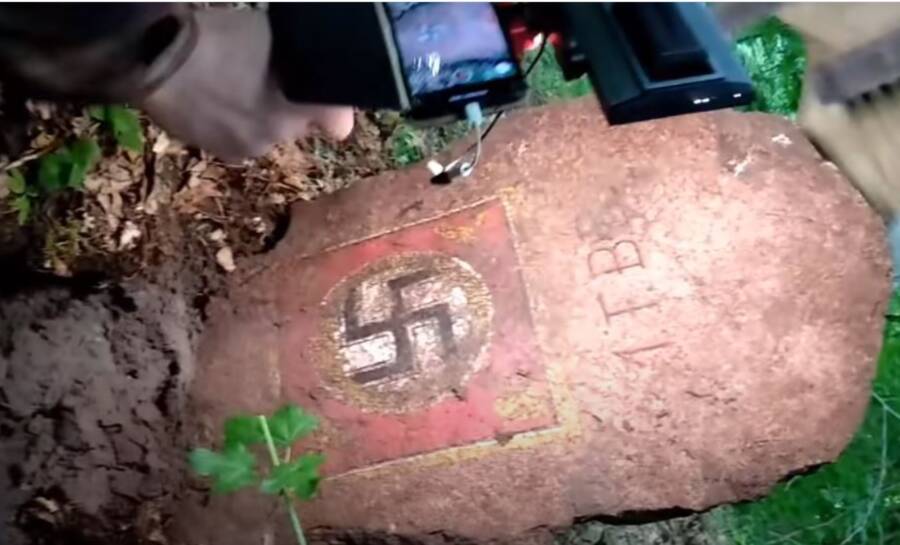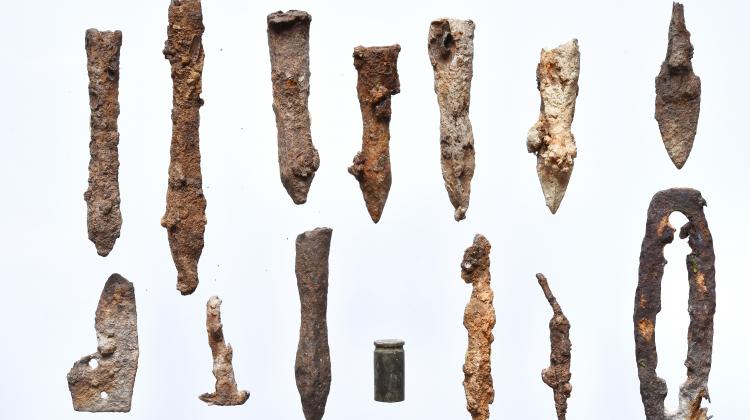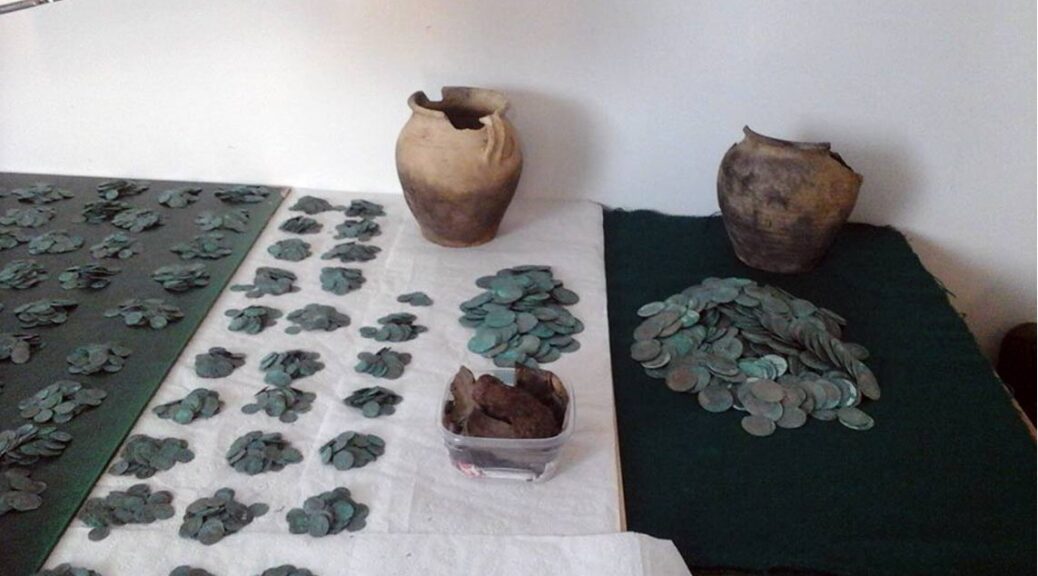7,000-Year-old Horned Face Image found Under Ancient Polish Home
In the area of a large, prehistoric settlement populated by a group identified by specialists as the Linear Pottery culture, the discovery in Biskupice was completed.
Marta Korczyńska, Field Work Chief at the Institute of Botany of the Polish Academy of Sciences said: “The fragments of pottery that we discovered are decorated with a plastic ornament depicting a stylized outline of a human face. There are two bumps on the forehead, reminiscent of horns.”
She added that only a part of the unusual ornament has survived, including the eyes and nose. The preserved fragment measures approx. 10 cm in width.

Project leader Dr Magdalena Moskal-del Hoyo from the W. Szafer Institute of Botany PAS said: “Today we are not able to clearly interpret this image. It seems likely, however, that such an unusual artefact could be related to the sacred sphere to some extent.”
According to Professor Marek Nowak from the Institute of Archaeology of the Jagiellonian University in Kraków, who was also involved in the research, this type of artefact is evidence the inhabitants of the settlement had contact with people living in the area of today’s Hungary and Slovakia.
This is indicated not only by the discovery of the broken bowl, but also products made of obsidian, a raw material not found in Poland. It is a volcanic glass with a black and shiny surface.
Korczyńska said that while vessels with similar ornamental motifs are known from that period in Slovakia and Hungary (although they usually do not have stylised horns), this is the first such object been found in Poland.
The archaeologists also found over 3,000 artefacts, including obsidian tools and so-called cores, stone blocks used to strike stone flakes and chips that were later used to make tools. These products were primarily used as leather scrapers, tools for processing wood and bones, and sickle blades.
In addition to archaeologists, experts in the field of botany are also involved in the project. ‘It may be surprising that the employees of the Institute of Botany PAS conduct archaeological research, but in this interdisciplinary project, next to ceramics and other artefacts, plant remains are an equal, unfortunately often overlooked source of information on material culture and old customs’, said Dr Moskal-del Hoyo.
She added that the remains of plants from sites dating back to the early Neolithic period (the time when farming began) were and are relatively rarely collected and studied by excavation leaders.
Meanwhile, in her opinion, they can provide very important information about the people of the time and their crops.
The project is financed by the National Science Centre.
